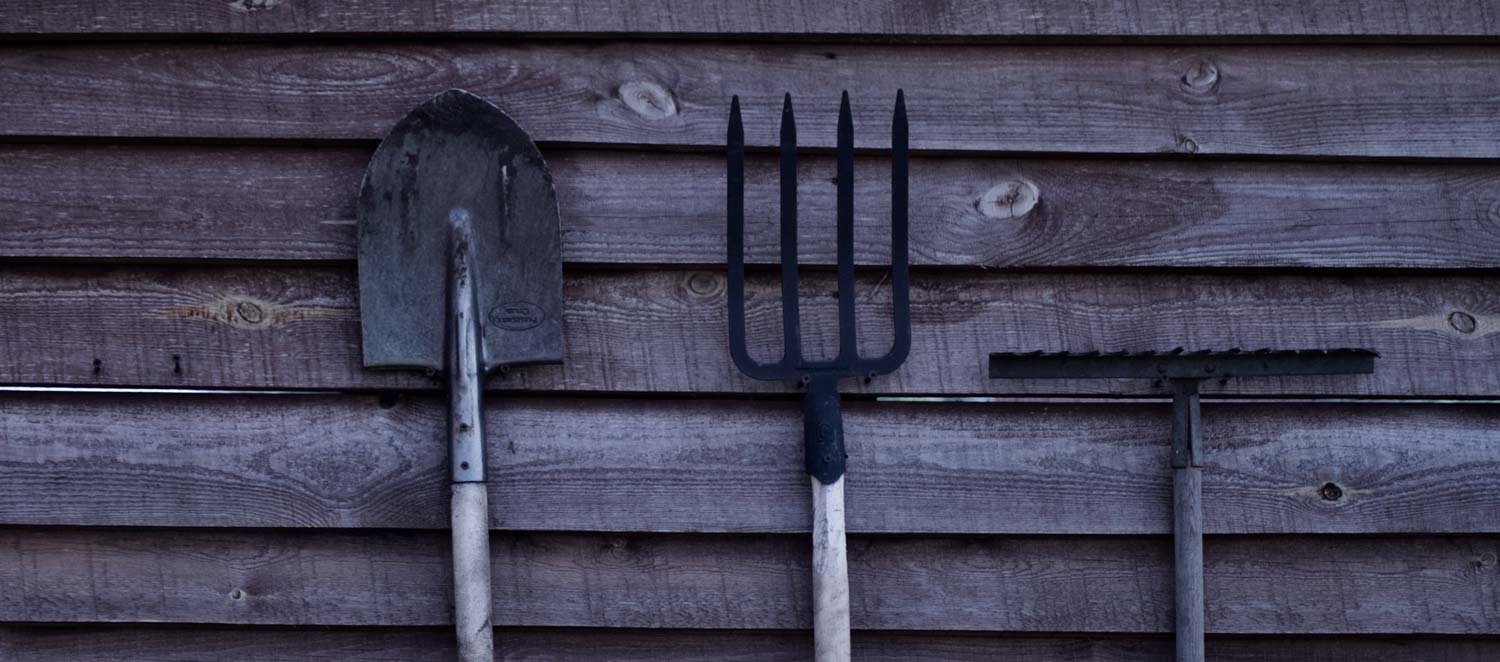Just to let you know we are open for business as usual and you can continue to have your cleaner clean your house.
The government has made it clear that cleaners are still permitted to work inside peoples' homes as long as Government Guidelines on social distancing and staying safe are followed (see below). In summary:
You can be outside of your home for work purposes where your place of work remains open and where you cannot work from home, including if your job involves working in other people's homes.
The full text can be found here New National Restrictions from 5 January (in England; there are similar texts available for Scotland, Wales and Northern Ireland). Specifically relating to cleaners, the guidance continues: 'This guidance applies to those working in, visiting or delivering to home environments. These include, but are not limited to, people working in the following areas:
- 'This can include work in other people's homes where necessary - for example, for nannies, cleaners, social care workers providing support to children and families, or tradespeople (this is not an exhaustive list)'
Note this guidance is for people who are fit and well, and is dependent on the following social distancing guidelines being followed:
- No work should be carried out in a household where people are isolating or where an individual is being shielded.
- The cleaners can continue work, providing that they are well and have no symptoms. No work should be carried out by a cleaner who has coronavirus symptoms, however mild, or when someone in their own household has symptoms.
- No work should be carried out in a household where any occupants are clinically extremely vulnerable to coronavirus, or households with a possible or confirmed case of coronavirus.
- Whilst in the house. a cleaner should maintain a safe distance of at least two metres from any household occupant at all times, and ensure good ventilation in the area where they are working, including opening the window.
- Upon entering the home, cleaners should wash their hands using soap and water for 20 seconds.
- Cleaners should wash their hands regularly, particularly after blowing their nose, sneezing or coughing, and when leaving the property.
The good news with regard to cleaning is that the cleaners can social distance from their clients very easily, and we would advise that, if you are at home when they are there, that you remain in a separate room to your cleaner.
If you are happy to adhere to the government guidelines - and if your cleaner has not been in touch already - then please just call the office and we will ensure that your cleaning continues.
Best regards
The Cleanhome Team



